Whether you’re applying for a role as a tradesperson or a project manager, your CV is the foundation of the application process. Get it right and you’ll open the door to a whole range of career opportunities. Competition for the industry’s most desirable jobs can be fierce, but a refined CV will help you to stand out from the crowd.
Not sure where to start?
Follow these 8 easy steps to craft a CV employers can get excited about.
1. Tailor your CV to each role
If you aren’t already tailoring your CV for each job you apply to, it’s time to start. You should have one general CV that is open to roles in your chosen field, and then tweak this each time so that it matches the specific position. Keep hold of the general version as this will be a useful copy to pass over to recruitment agencies.
Once you’ve spotted that perfect job ad, comb through the description and highlight any key words, adapting your CV to use similar language. This way, you’re making it easy for the hiring manager to scan and immediately see that you’re ticking all the boxes.
Not found the right position yet? See if City Calling can help match you up with your dream role! Upload your CV today.
2. Don’t forget the basics
Just like in the built environment, when you’re building a CV, it might help to follow a blueprint for the structure. Make sure these sections are included as a standard:
• Your name and personal details at the top (e.g. address, email and phone number)
• A short bio or ‘about me’ section with a summary of your skills, experience and why this job or sector appeals to you
• Work experience with the most recent position at the top – make sure to include your job title, the name of the organisation, dates in post, and a description of your responsibilities
• Education and qualifications – including dates, the type of qualification and grades received
3. Make it personal
Once you’ve added the essential building blocks, you can now add in extra sections depending on what is right for you.
This will look different for everyone, but as an example, an ‘additional training’ section could be used to list special equipment you’re proficient in, Construction Skills Certification Scheme (CSCS) cards you hold, or special software you have certifications in.
Maybe you speak multiple languages, or are a member of a professional body such as the Royal Institution of Chartered Surveyors (RICS)? Add these details in here.
A ‘hobbies and interests’ section could also add value, as well as providing a talking point in an interview!
4. Be specific
In your work experience section, add measurable examples to paint a picture of your achievements. For example, instead of writing: ‘Responsible for cost estimating and valuations’, write: ‘Planned cost estimations to ensure multi-million-pound project remained within budget.’ Instead of: ‘Acted as team lead’, you could write: ‘Managed a team of 5 to successfully implement new health & safety procedures, resulting in 100% compliance.’
Using action verbs can also be a useful tool for strengthening these examples.
5. Know your unique skills
Hard skills are easy to identify – this could be your knowledge of electrical systems, or ability to operate plant machinery – but your soft skills are just as important. For the construction sector where projects involve multiple stakeholders and contractors, it’s essential to have good communication, teamwork, and problem-solving skills.
If you’re having trouble picking out your soft skills you could use a tool such as the National Careers Service’s Skills Assessment that can help you see where your talents lie.
And remember, anyone can claim to have excellent communication skills, it’s about how you back this up with concrete examples that really counts.
6. Keep it short and sweet
As you’re putting together your CV, keep asking yourself, ‘is it relevant?’ If the answer’s no, cut it out. The end result should be clear and concise, meaning no fluff. As a rule of thumb, your CV should be no longer than two sides of A4. Try to to limit your employment history to the last 15 years in case you have many positions and years of experience to list.
7. Tidy the formatting
Whether it’s a Word document or a PDF, the layout should look professional with an easy-to-read font and headings in bold. The design should be simple so that it doesn’t distract from the content.
8. Get a second perspective
Is it time to ‘phone a friend’? Having someone you trust look over your CV can be invaluable. Not only will they be able to spot any spelling errors or grammatical mistakes, a friend or member of your family will be able to offer an outsider’s perspective on where your skills really lie.
If that isn’t an option, you should run a spell check tool on the document and make sure it is set to UK English.
Are you ready for expert advice?
Once you’ve completed your CV, it’s time to hand it over to the experts.
Dealing with a recruitment agency specialising in construction such as City Calling will maximise your chances of landing your perfect job.
